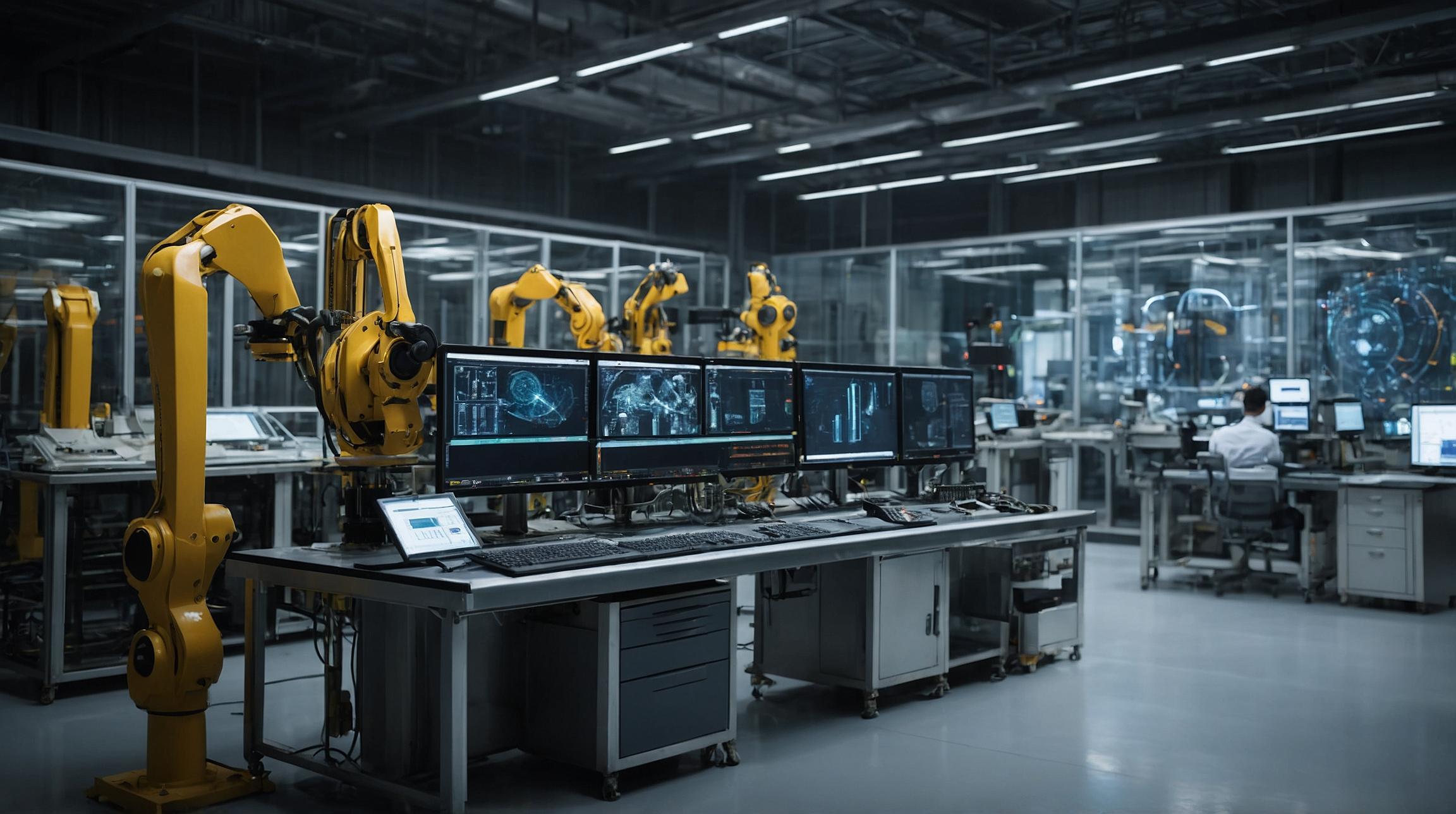The Digital-First Frontier: Navigating the Quest for Hyper-Personalization
In an era where the digital-first approach is not just a strategy but a necessity for ambitious organizations, the battle to close the gap with U.S. giants like Amazon and Netflix seems Herculean. Yet, the path to fierce competition lies in delivering what consumers demand: hyper-personalized experiences directly to their gadgets. This burgeoning demand is driving the evolution of adaptive applications that dynamically alter their functionality to resonate with each user's unique preferences and circumstances.
However, crafting these sophisticated, user-centric experiences comes with its challenges. The foundation of such innovation is robust data architecture—a requisite Deloitte insists is vital not just to meet but to “anticipate and exceed” customer expectations. In a market where dynamic real-time data, machine learning, and AI analytics are propelling businesses toward hyper-personalization, McKinsey highlights a compelling incentive: companies at the forefront of this trend can see a 40% increase in revenue over competitors.
The Role of Adaptive Applications in Personalized Experiences
Adaptive applications stand at the heart of this new era. Making continuous adjustments based on a plethora of factors such as user preferences and environmental conditions, these applications are designed to be context-aware and customizable, embodying predictive machine learning and AI capabilities. They are not just redefining customer interactions but are also setting a new standard for real-time, situational adaptability in brand offerings.
Yet, aspiring for such an elevated customer experience demands a critical evaluation of an organization's backend data architecture. Data must not only be available in flexible formats like JSON to cater to unforeseen data inputs but must also ensure exceptional performance to enable real-time responsiveness. This requirement positions adaptive apps at the network edge, bridging personalization information with other services to enhance the user’s journey profoundly.
Overcoming the Barriers to Seamless Adaptive Experiences
Despite the promising prospects, the road to fully realizing adaptive applications is laden with data silos and database sprawl—obstacles that hinder access to vital information and complicate real-time analytics. These challenges underscore the necessity for a seamless, operational, and analytical database environment that fosters rapid decision-making and minimizes costs.
Transforming the vision of adaptive applications into tangible experiences mandates a comprehensive strategy to surmount these hurdles. Organizations must ensure lightning-fast app performance, leverage JSON for reliable AI prompts, and enable analytic results to seamlessly integrate with operational databases for swift actionability. The capability to perform large-scale, real-time analytic calculations and use them directly in applications represents a monumental shift towards truly adaptive experiences.
Embracing this innovative single database platform heralds a new dawn for hyper-personalized experiences. Organizations prepared to invest in advanced data architectures will decidedly lead in captivating consumer interest and loyalty, securing their position in the relentless race for consumer hearts, minds, and wallets.
Analyst comment
Positive news: The demand for hyper-personalized experiences is driving the evolution of adaptive applications, which can lead to a 40% increase in revenue for companies at the forefront of this trend. Embracing a single database platform and investing in advanced data architectures will position organizations to lead in captivating consumer interest and loyalty.
Short analysis: The market for hyper-personalized experiences is expected to grow as organizations invest in advanced data architectures, leading to increased revenue and consumer loyalty. Embracing adaptive applications and a seamless database environment will be crucial for organizations to succeed in this competitive landscape.













